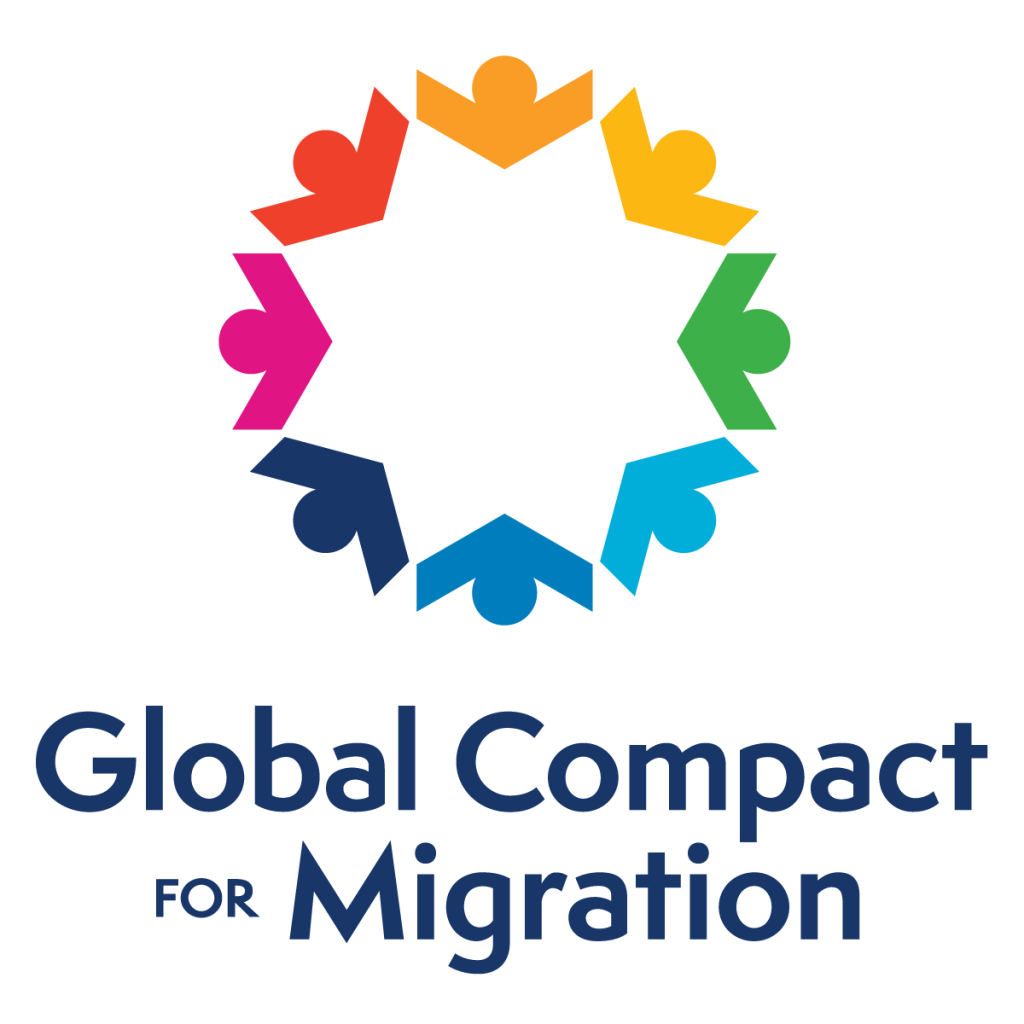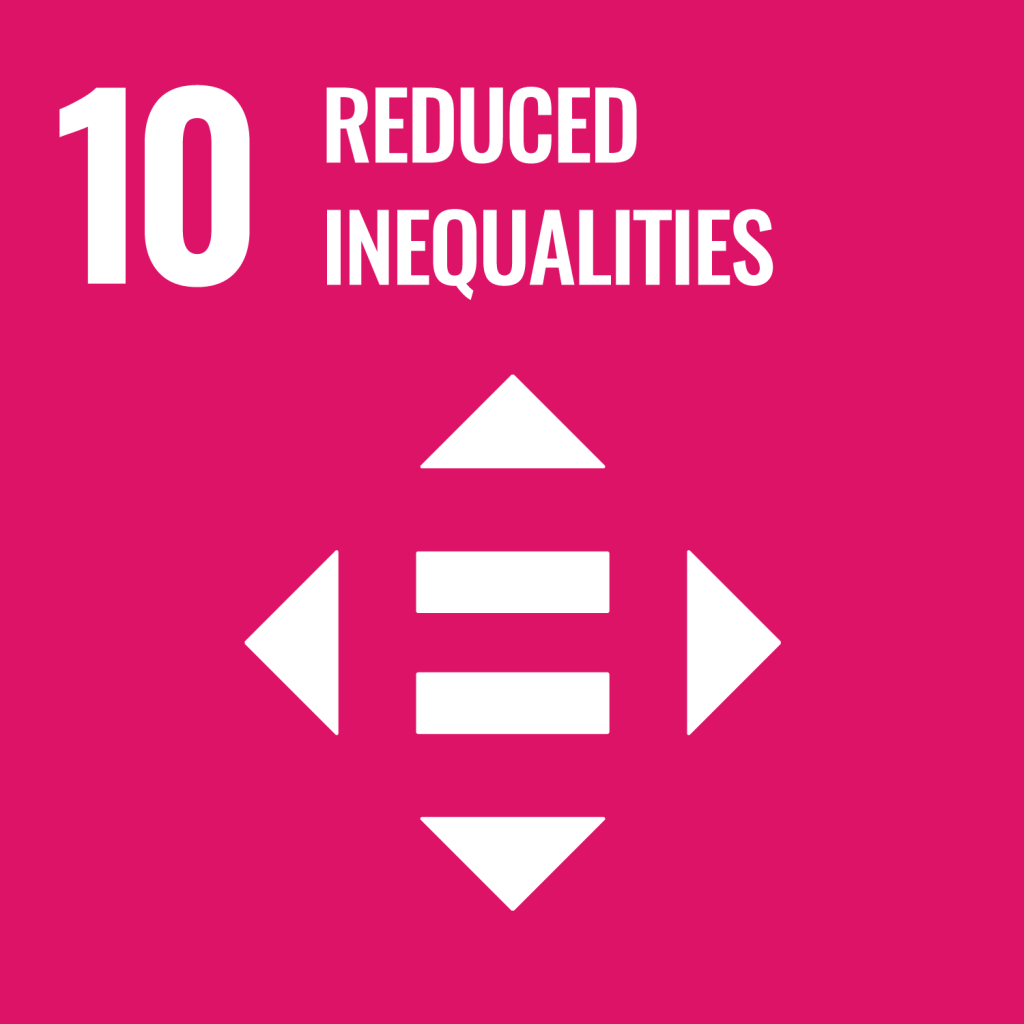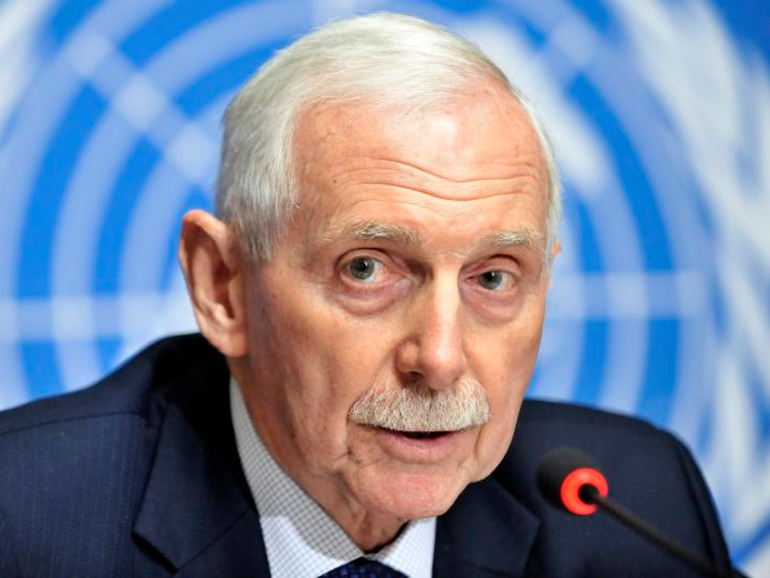In my last non-professional blog I attempted to chronicle my experience of moving to Japan to work as an English teacher in 2012: Japan Spam. You might have called me an expat, a labour migrant or an overseas worker, but mostly I just went by Charlotte-sensei… This time around, my blogging has an academic-bent as an assignment within Malmo University’s Master’s in Communication for Development. Consequently, though there will be fewer overworked puns, what it will share with Japan Spam is the theme of migration and connection through technology.
Disclaimer: The theme of my contributions to Illuminate tie into my professional work for the International Centre for Migration Policy Development (ICMPD) as Communications Officer for the EU Global Diaspora Facility (EUDiF). Any opinions expressed within the blog are my own.
Why are migration and technology important to consider through the ComDev lens?
Amartya Sen taught us that development must be judged by its impact on people, their choices, capabilities and freedoms – and migration is a people-phenomenon. In fact, the United Nations’ International Organisation for Migration (IOM) estimates that there are 258 million migrants [read: people on the move] around the world. If we agree that information communication technology (ICT) is globalisation’s vector of development then to consider the migration and development nexus without contemplating the role(s) of technology within it would be like trying to play tennis without the ball…
Over the course of the next few weeks, I intend to discuss examples of how ICT is used at different stages along the migration path, attempting to explore the impact of such technologies on people, whilst pondering whether ‘digitalisation’ (using ICT for positive societal transformation/development) is more than just a buzzword.
Where to begin?
Today, when we talk about technology, we risk becoming mired in buzzwords: big data, the internet of things, digitalisation, block-chain technology… Though we might come to some of these later, let’s start by looking at how technology was incorporated into the Global Compact for For Safe, Orderly and Regular Migration (GCM) to give us an inkling of where technology is prioritised for global migration policy.
Although not adopted by as many countries as hoped in December 2018, this non-legally-binding agreement is an unprecedented example of global collaboration and multilateralism, parallelled by the Global Compact on Refugees. It provides a menu of actions to nations, and other stakeholders, to ensure safe, orderly and regular migration worldwide. Whilst the GCM is not a development framework in and of itself, I would argue that the participatory process to formulate the objectives – which included a wide variety of stakeholders, including government, civil society, academia, and other traditional development actors – makes it worth assessing to set the scene for this blog.

ICT is referenced specifically five times in the GCM, under four different objectives:
Objective 4: Ensure that all migrants have proof of legal identity and adequate documentation
- Improve civil registry systems, with a particular focus on reaching unregistered persons and our nationals residing in other countries, including by providing relevant identity and civil registry documents, strengthening capacities, and investing in information and communication technology solutions, while upholding the right to privacy and protecting personal data
- Ensure adequate, timely, reliable and accessible consular documentation to our nationals residing in other countries, including identity and travel documents, making use of information and communications technology, as well as community outreach, particularly in remote areas
Objective 11: Manage borders in an integrated, secure and coordinated manner
- Establish appropriate structures and mechanisms for effective integrated border management by ensuring comprehensive and efficient border crossing procedures, including through pre-screening of arriving persons, pre-reporting by carriers of passengers, and use of information and communication technology, while upholding the principle of non-discrimination, respecting the right to privacy and protecting personal data
Objective 12: Strengthen certainty and predictability in migration procedures for appropriate screening, assessment and referral
- Increase transparency and accessibility of migration procedures by communicating the requirements for entry, admission, stay, work, study or other activities, and introducing technology to simplify application procedures, in order to avoid unnecessary delays and expenses for States and migrants
Objective 18: Invest in skills development and facilitate mutual recognition of skills, qualifications and competences
- Use technology and digitalization to evaluate and mutually recognize skills more comprehensively based on formal credentials as well as non-formally acquired competences and professional experience at all skills levels
Explicitly, the GCM calls for technology solutions to improve civil registration, border management data, admissions processing and skills recognition. Arguably these uses respond to the ‘safe’, ‘orderly’ and ‘regular’ aims of the Compact, but they lack the inspiration to go beyond this and employ technology to improve the choices, capabilities and freedoms of people on the move and thereby “enrich our societies through their human, economic and social capacities, and thus facilitate their contributions to sustainable development at the local, national, regional and global levels.” As a ComDev student, I see this as a squandered opportunity for both individuals and global society.
Europe and migration
The European Commission’s long-awaited Pact on Migration and Asylum, published 23 September 2020, for now seems another waste of an opportunity, with digitalisation only referenced in relation to tracking applications of those entering the EU, via the EURODAC database, as well as, in passing, the question of ‘digital smuggling’ and the option for policies support of the digital sector to be considered as part of building partnerships with external stakeholders.
We will therefore have to wait for action plans to be published in order to understand how ICT solutions will be used to achieve the ambitious targets in the Pact’s focus areas of border management, return and reintegration and asylum procedure management, whilst also waiting to see how the forthcoming action plans for other areas of the Pact might incorporate technology. Given that these areas include integration and social cohesion, labour migration and talent partnerships (including skills development), as well as information campaigns, it is certain that technology will feature heavily in service provision – but how it will be designed, developed and implemented will be key in ascertaining for whom this Pact has the greatest social-change impact.
Is it a problem that the links between migration, development and the role(s) of technology are not part of these documents, or is it symbolic of global attitudes towards each element? Perhaps we do need to draw a line somewhere, considering that all three are so interwoven with each other and the rest of global society’s fabric – if only to limit the number of pages in already-dense policy documents. Perhaps we simply need to be patient and await action plans, implementation programmes, roadmaps and all the rest to see these threads drawn together. However, as patience is not my strongest virtue, in my next few posts I intend to jump to concrete examples of ICT in the migration and development world and seek inspiration for catalyzing and supporting the development potential of migration through technology, examples that might justify explicitly including technology in policy on migration.
Before I begin, however, I must consider one last global framework that must not be ignored by any ComDev student: the Sustainable Development Goals (SDGs). It’s my last hope of finding the technology tennis ball at play, because surely technology cannot only be appropriate for tracking movement and border management? As we enter the ‘decade of action’ on the SDGs the question of how and whether we can achieve the goals becomes all the more pressing – digitalisation may just be the answer…
SDGs, migration & technology

The contribution of migration to sustainable development was recognised for the first time in the 2030 Agenda for Sustainable Development. Migration is arguably relevant to all 17 goals, but 10 have specific migration and/or mobility targets and indicators. The main reference to migration falls under Goal 10: Reduced Inequalities, target 10.7, [to]:
Facilitate orderly, safe, regular and responsible migration and mobility of people, including through the implementation of planned and well-managed migration policies
Let me cut to the chase: technology isn’t explicitly incorporated here either. However, like migration, it is cross-cutting and we see it crop up in references to data collection, management and sharing; countering trafficking; facilitating remittances; broadening education and training…the list goes on (17 goals on). A great place to start which combines data, migration and development is the Migration Data Portal’s progress tracker on SDG achievements in relation to migration – in fact, MGD is an excellent example of using ICT to analyse migration trends in general.
So if technology for migration and development is neither explicit in migration policy frameworks at global or regional level, nor even in the SDGs despite these explicitly linking migration and development, how do we know technology does have an important role to play? The Fast Forward Progress ICT4SDG document produced by ITU, the United Nations’ specialized agency for information and communication technologies, answers this in great detail per SDG, with input from 29 UN programmes and agencies. With regards SDG 10 and migration, H.E. Ambassador William Lacy Swing (Director General of IOM at the time) puts it simply: “ICTs are now inseparable from migration and migrants”. He then goes on to acknowledge that the challenge is to harness technology to optimise the positive contribution of migration for inclusive growth and sustainable development, in a way that protects migrants and supports the societies in which they live, whilst simultaneously addressing the risks presented by technologies.

ICTs are now inseparable from migration and migrants
H.E. AMbassador william lacy swing, iom director general 2008-2018
How we harness technology for positive impact on migrants and their communities is what interests me most, so I hope you will join me over the next few weeks to look in more detail at the role played by technology in different areas of migration. Hopefully by the end of the series we will see that technology deserves explicit inclusion in global frameworks in the future.


